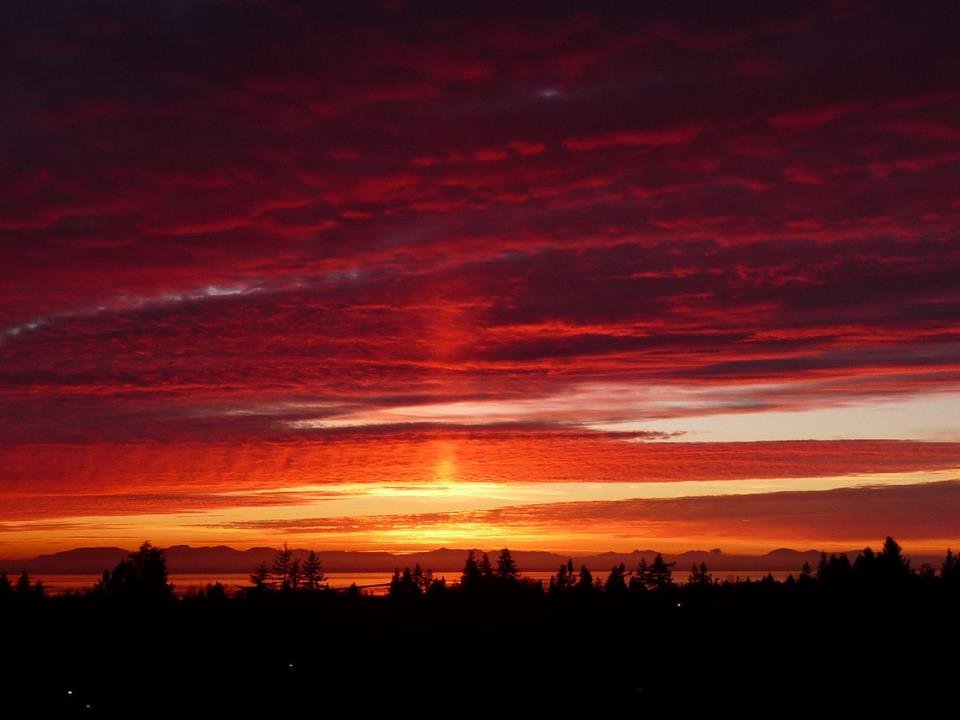I’m very much a Shabbos morning Jew. Shabbos is Yiddish for the sabbath, the day of rest from Friday sundown to Saturday sundown. The highlight for many Jews is Friday night when they gather with friends or family around the dinner table to light Shabbat candles, bless wine and challah bread, and share a meal with lively conversation.
That’s my experience at least once a month when I host a Shabbat dinner. But much more regularly, I attend Shabbat morning services on Saturday at Or Shalom, the East Side synagogue that is my spiritual home. I don’t go out of duty; I go because it brings me joy and nourishes my spirit.
In his highly accessible book “Jewish with Feeling”, the late Rabbi Zalman Schachter-Shalomi says Shabbos morning is our time for being in the Shabbos moment. “We’re not recovering from the previous week; we’re not starting to think about the next; we’re just totally immersed in the spirit of Shabbos.”
In line with the prohibition against work on Shabbat, we don’t take photographs, so the photo above by Reamick Lo in the Or Shalom sanctuary is from a different occasion – a Sunday rehearsal for Chanting & Chocolate. And we don’t have this many instruments on Shabbat morning. Some members like me would like to have more, some want none because an instrument might break and need repair, therefore becoming work. Our compromise is to allow drumming for Pesukei d’Zimra (Verses of Praise), the first half-hour of the service, beautifully led this morning by Rabbi Hannah Dresner. I played my Ghanaian djembe drum.
What we always have is our voices. It’s like being in a choir with the kahal (congregation) enthusiastically singing along, often adding rich harmonies. Our services never get boring because they are largely led by the members, which means they’re always different.
I lead a part of the service every couple of months, and this morning it was Shacharit, the main part leading up to the reading of the Torah. Last night and earlier this morning, I was planning and practising the prayers and melodies I’d be using. I like to combine chants with more traditional prayers, and even bring in tunes I learned from the Abayudaya Jews in Uganda. I could feel the energy of the congregation with me today and it went wonderfully well “immersed in the spirit of Shabbos.”


























